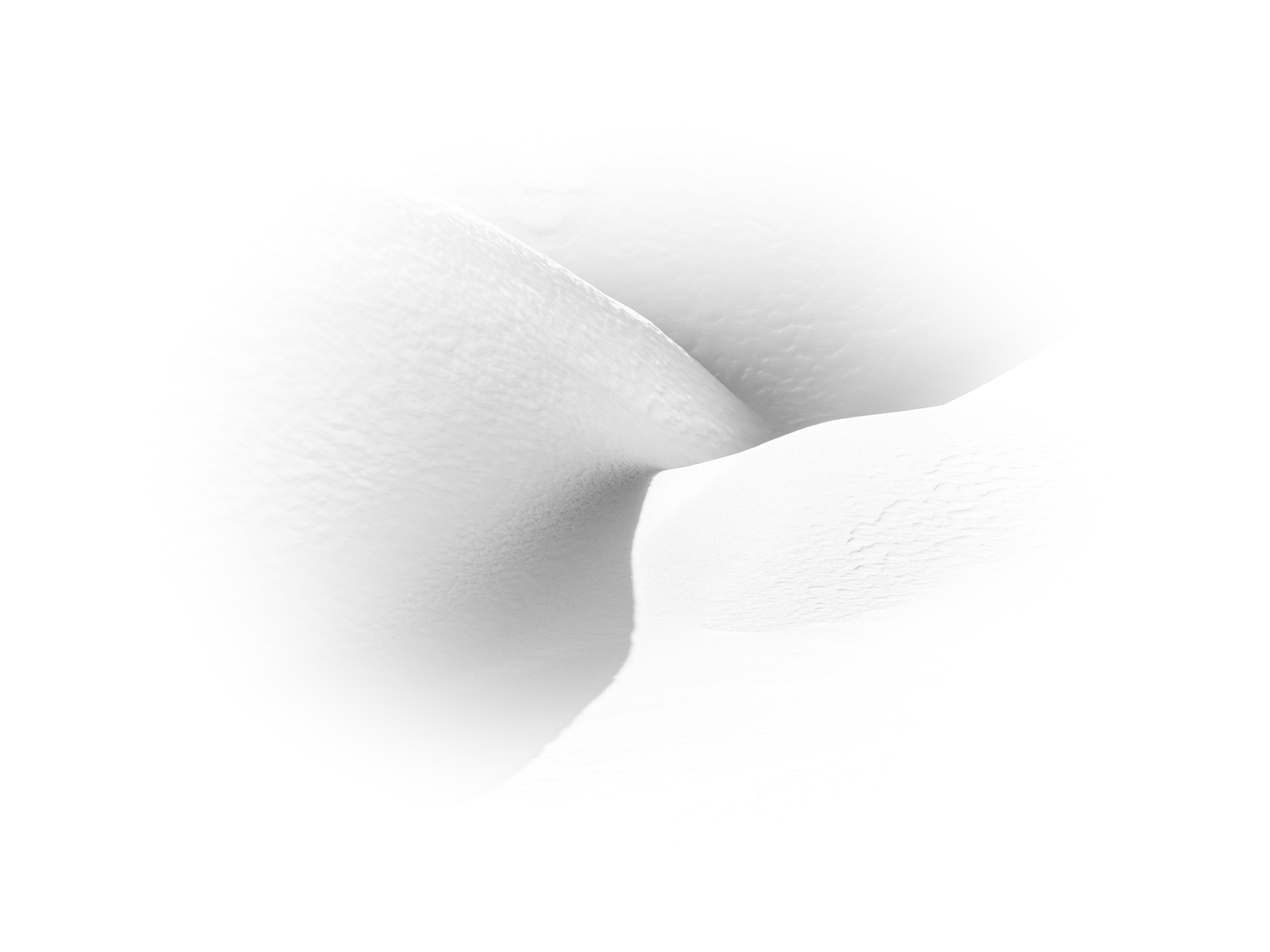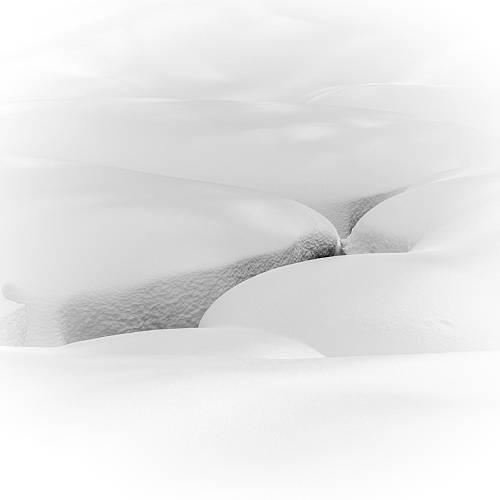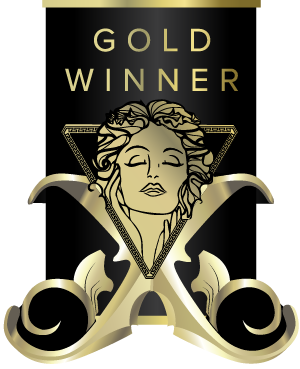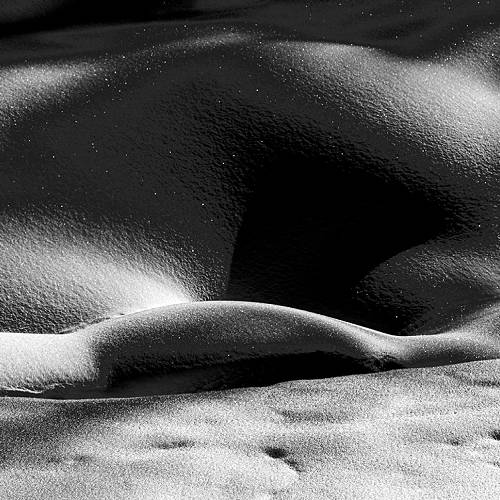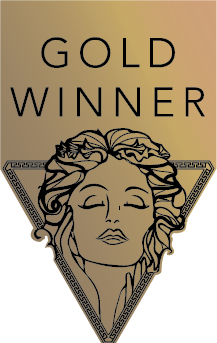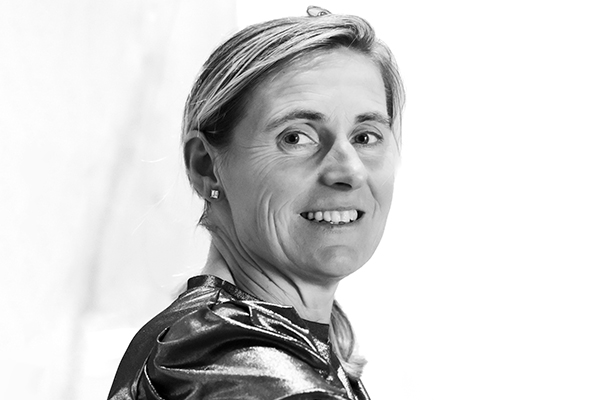
Interview
Mia Segaert
Belgium
Mia Segaert shifted from a 25-year real estate career to photography, honing her craft at the Academy of Fine Arts. She’s since built a bold artistic voice, exhibiting internationally and blending photography with architecture and design.
1 Congratulations on winning in the MUSE Photography Awards! Can you share a little about yourself, what inspired you to pursue photography, and how has your journey evolved since your first shot?
Hi! I’m Mia Segaert. I have been actively pursuing my art career for the past 2 to 5 years, following a transition from a 25-year career in real estate and finance. Although I’ve always been passionate about photography, my artistic journey took a more structured path when I began studying fine art photography at the Academy of Fine Arts and developing my own practice. Over time, I’ve built a strong artistic identity, exhibited my work internationally, and collaborated on projects that bridge photography with architecture and design.
2 Can you share the story or inspiration behind your award-winning piece? How does winning this award make you feel about your journey in photography?
"White Powder – A Tribute to Snow Scapes" is a black-and-white photographic collection that captures the essence of snow in its purest form. The images feature natural shapes in snow that become abstract compositions. This collection conveys a quiet, peaceful atmosphere, inviting viewers to reflect on the beauty and stillness of winter’s natural phenomena. I am very honored to have been named a 2025 MUSE Photography Awards Gold Winner in the Fine Art Photography – Nature category for my collection White Powder. This recognition serves as a strong incentive to continue on this creative path.
3 How do you decide which photo to submit for a competition?
In 2025, the MUSE Photography Awards theme is "Celebrating Milestones: A Decade of Creativity, A Future of Limitless Possibilities." Through my winter mountain photography, I aim to explore new possibilities. I created this collection at the beginning of 2025 through an intuitive, meditative process. Although it wasn't my initial intention, the collection aligned so well with the goals of the MUSE Photography Awards that I decided to participate.
4 What first made you pick up a camera?
When I made my First Communion at six years old, two of my aunts gave me a small, quite adorable analog camera. I was thrilled with the gift and eagerly used it to take pictures of the family event hosted at our home. However, capturing those moments wasn’t as easy as I had imagined.
5 What’s your favorite type of photography, and why do you love it?
Deeply inspired by nature—particularly the oceans—contemporary architecture, and cross-cultural relations, I focus my photographic work on extraordinary landscape phenomena encountered during travel. My primary inspiration comes from nature itself, especially the elements of altitude, earth, and ocean. The dynamic patterns of ice and snow, the shifting forms of waves, and the sculptural qualities of canyons and rock formations continue to intrigue me. In addition to nature, I draw influence from sculpture and contemporary architecture, particularly in how they interact with light and space. My artistic process is also shaped by biophilic design, which emphasizes nature’s impact on human well-being.
6 What’s your go-to camera setup, and why does it work best for your projects? What’s your favorite feature?
I shoot with a high-resolution full-frame Canon system camera, which I’ve been using since 2018. Depending on the situation, I use various interchangeable lenses—telephoto, wide-angle, and macro. When I travel, the camera is always with me. I’ve even traded my handbag for it, no matter where I go.
7 If someone looked at your work, what’s the one thing you’d want them to feel?
Personally, I hope my work evokes a sense of serenity, curiosity, and wonder in the viewer. Nature has an inherent ability to calm and inspire, and through my art, I aim to bring that energy into people’s lives. On a societal level, I hope to contribute to greater awareness of environmental issues by highlighting nature’s delicate balance. Whether through the silent grandeur of glaciers, the power of ocean waves, or the sculptural forms of eroded landscapes, my work serves as a visual reminder of the planet’s beauty and fragility.
8 What was the most challenging part of capturing your winning shot?
Capturing my images is a process that begins with intuition—what I feel internally. I photograph what inspires and fills me with wonder, without knowing in advance what the final outcome will be. And that’s exactly how this collection came to life. Post-processing played a very important role in shaping the final series.
9 Is there a specific place or subject that inspires you the most?
Capturing my images is a process that starts from intuition, from what I feel from the inside. I capture what inspires and wonders me without knowing in advance what would be the finality of it. And this is exactly how it happened. The post processing was a very important element to create this collection.
10 Who or what has been your biggest influence in photography?
My work is not based on any specific artist or photographer. Subconsciously, I incorporate elements of contemporary architecture and sculpture into my photography. I greatly admire Frank Gehry, Zaha Hadid, Pablo Atchugarry, and Olafur Eliasson for their architectural and sculptural works. Additionally, I draw inspiration from photographers like Ansel Adams, Edward Weston, and Hiroshi Sugimoto. Their influence shapes my approach to capturing and creating visual art. Last year, I discovered two new artists I admire and whose exhibitions I attended: James Turrell, a visual artist focused on light and space, and Edward Burtynsky, a photographer known for his remarkable aerial landscapes.
11 What message would you share to inspire photographers to participate in photography awards, and what advice would you give to help them excel in the competition?
“Great things always begin from within.” I always think long-term. The images you create should be an expression of your soul. Be true to yourself.
12 What’s one piece of advice for someone just starting in photography?
The quote I always use and keep in mind is: “It is an illusion that photos are made with the camera… they are made with the eye, heart, and head.” — Henri Cartier-Bresson. Photography starts with seeing, more than just looking. Does your heart beat faster when you see the image? And do I know how to properly use my camera and settings to bring this vision into focus my way?
13 What role do editing and post-processing play in your creative workflow?
I always capture my images in RAW format so I can finish them my own way. This is essential for creating your artistic work.
14 How do you see technology, like AI, influencing the future of photography and your own approach?
AI already has and will continue to have a significant impact on the future of photography. It can be a valuable asset for some. Personally, I still want to capture images based on nature’s true state, as a visual reminder of our blue planet’s beauty and fragility. Furthermore, as an artist, I want to continue creating collections that come from within myself.
15 If you could photograph anything or anyone in the world, what would it be?
I dream like a bird, and I fly like a bird. This summer, I’m taking drone training because I want to photograph more from a bird’s perspective—from monumental landscapes to detailed, abstract compositions.
